Indian wheat needs boost in coming years
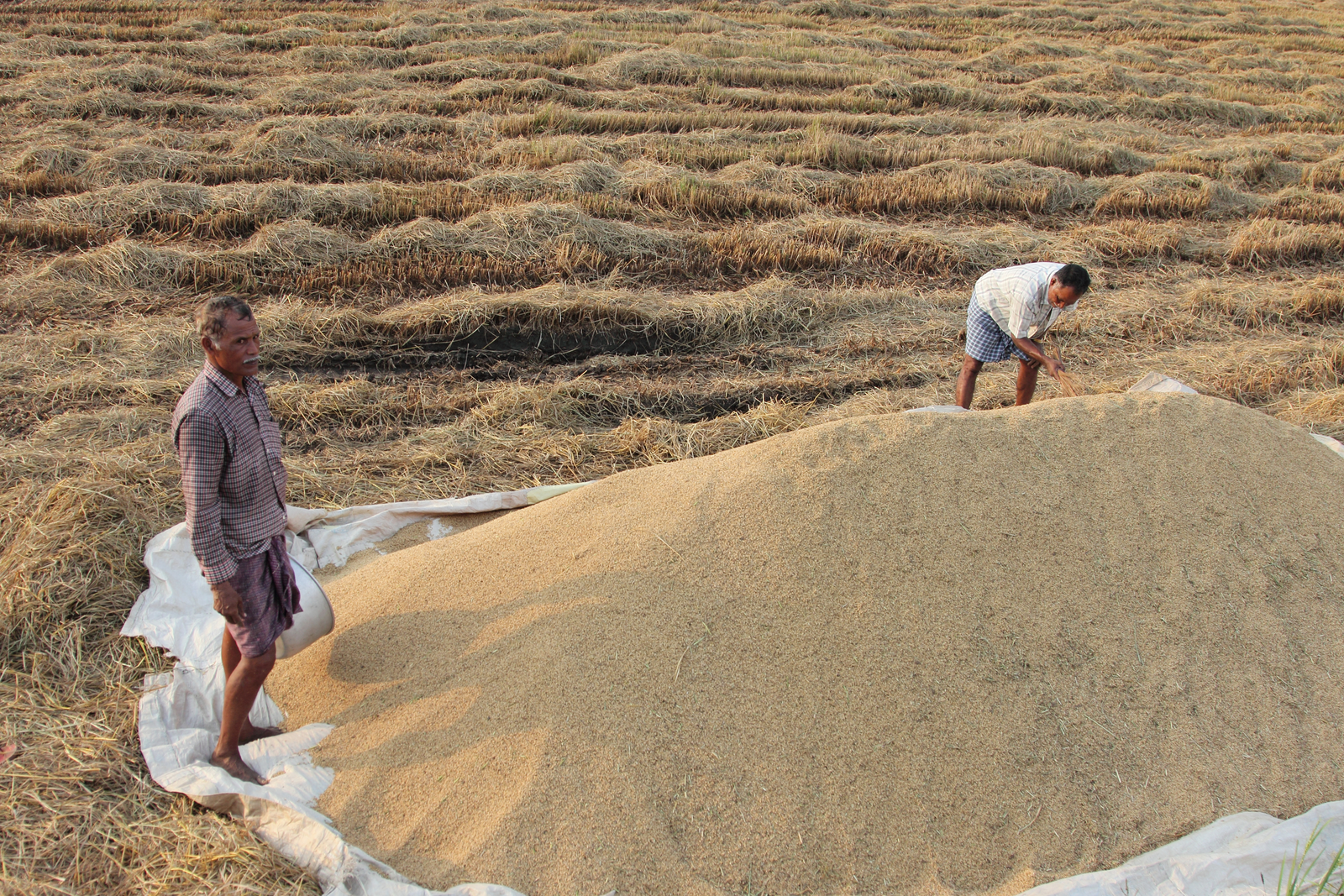
Indian wheat is in demand in Southeast Asian countries for animal feed, and in the Gulf and African countries for milling. But the country’s grain production could drop a few percentages this year. The government is looking for ways to boost production.
This crop year through June, India’s winter grain harvest is set to slump, as the sowing area for various crops has declined from a year ago. Interestingly, despite a drop in areas under winter sown crops, the rabi grain harvest is expected to beat expectations. The winter grain is also known as rabi crops. The rabi harvest refers to agricultural crops sown in winter and harvested in the spring, between the months of mid-November to April. Major rabi crops are wheat in India, followed by barley, mustard, sesame and peas. Indian wheat is usually in demand in Southeast Asian countries for animal feed, and in the Gulf and African countries for milling. Farm ministry data from the Indian government revealed that the country’s grain production could fall 3.2% from a year ago, given the expected decline in the output of rice, coarse cereals and pulses. However, the full year estimate released by the Indian government is a major improvement from the 9% fall in kharif grain output projected in September last year. Summer sown grains are also known as kharif crops, and are usually sown with the start of the first rains in July. While Indian wheat is in demand for animal and poultry feed, corn and soyameal are also used. Experts have noted that if corn prices fall, a slump in connected items such as wheat and soyabean meant for animal fodder cannot be ruled out.
Export slump in oilmeal
Oilmeals or extractions are mainly used as animal feed in India. Exports of oilmeal slumped 63% in the financial year ended March 2015 to $ 686 million against $ 1.8 billion recorded in the same period last year. Data from the Solvent Extractors’ Association of India showed that quantity wise, oilmeal exports was down 44% at 2,444,000 tonnes from 4,382,000 tonnes, due to sharp fall in shipments since May last year. Exports in March have also more than halved to 187,000 tonnes from 412,000 tonnes, as prices of oilmeal exported from India are much higher than that being offered by competing countries. India mainly exports oilmeal to Thailand, South Korea, Vietnam, Taiwan, Indonesia and Iran, among other countries. All is not lost though. The Indian government has come out with several export incentives to help bolster exports of soybean meal which suffered severely last year. Moreover, data shows that despite a drop in areas under winter sown crops, the harvest could beat expectations. India’s farm ministry said in a statement, “It may be noted that despite deficiency of 12% in the monsoon rainfall during the year, due to proactive measures of the ministry of agriculture, the loss in production has been restricted to just around 3% over the previous year, and has exceeded the average production during the last five years by 8.15 million tonnes.” As of March 1, 2015, government data showed that reserves of wheat in India was 19.5 million tonnes, more than double the emergency requirement. India needs just 93.85 million tonnes of wheat for domestic consumption, including 12 million tonnes for seed and animal feed, according to estimates by the Food Ministry.

Wheat is the main food grain grown during the rabi season. While the coverage of wheat has already fallen 2.8% this month from a year ago, that of pulses has slid 10% and coarse cereals down 3.8%.
Dry spells
After three straight years of bumper production, the slump is a matter of worry. The Indian government’s second advance estimate of farm production in 2014-15 has attributed the crop slump to the dry spells in many regions, which has disabled summer planting and has hurt yield. Consequently, grain output in the world’s second largest producer is expected to touch 257.07 million tonnes in 2014-15, as compared to the record 265.57 million tonnes a year ago. Data showed that rabi crops have been sown in 53 million hectares so far this season, as against 55.7 million hectares, in the year prior. Area under wheat is down at 27.9 million hectares this year, as against 28.6 million hectares last year, while pulses acreage is at 12.41 million hectares this year, as against 13.47 million hectares in the year ago period. Incidentally, 2009-10 had seen the worst drought in 37 years, recording 21.8% rain deficit. Data showed that total grains the following year (2010-11) were 244.49 million tonnes, which soared to 259.29 million tonnes in 2011-12. The next year it slipped marginally to 257.13 million tonnes in 2012-13. Production jumped again and was up to 265.57 million tonnes the following year, in 2013-14. However, a second advance estimate in 2014-15 has placed production way lower at 257.07 million tonnes, according to data from the Ministry of Agriculture.
Pulse output
India’s output of pulses (grain legumes) is also set to decline 7% to 18 million tonnes in the crop year 2014-15, data showed. From July 2013 to June 2014, the output of pulses was estimated at 20 million tonnes. Bimal Kothari, vice chairman of India Pulses and Grain Merchants Association noted that the lower output would result in the price of pulses shooting up this year. Prices have been under pressure for pulses over the past few years, following a slowdown in demand growth. Kothari pointed out that since the monsoon was delayed by a month, it has consequently delayed the sowing and harvesting of kharif crops. Close on the heels of this, sowing of rabi pulses too has remained lower. Moreover, the unseasonal rainfall in January also damaged some of the standing rabi crop, resulting in lower output.
Main crops
Wheat is the main food grain grown during the rabi season. While the coverage of wheat has already fallen 2.8% this month from a year ago period, that of pulses has slid 10% and coarse cereals down 3.8%. Oilseed planting too has slumped by almost 8.7%. Data showed that output of mustard is expected to be 7.36 million tonnes, 6.86% less than last year. Oilseed production too is expected to slump from 2013-14’s 32.74 million tonnes to 29.83 million tonnes in 2014-15. India had produced around 135 million tonnes of grains in the last rabi season. This was in addition to the 96 million tonnes of wheat. However, with wheat planting down a million hectares, or roughly 2.8%, production is expected to drop by at least a million tonnes.
Lifeline for farmers
Areas under various kharif crops fell 3% this year from a year ago period. Erratic weather has been blamed for the 3.4% drop in rice production this year. The southwest monsoon is the lifeline for millions of farmers across India. In 2014, there was a deficit of around 30%, according to India’s Meteorological Department data. From 36 meteorological sub divisions, data showed that rainfall was normal in 67% of the total area, deficit in 30% of the area and excess in 3%. However, data showed that despite a fall of 2.8% in the area under wheat cultivation, the production of wheat is expected to fall only marginally to 95.76 million tonnes in 2014-15, as against 95.85 million tonnes a year ago. This means the crop’s yield is expected to go up significantly this year.
Sector boost
India’s Prime Minister Narendra Modi has asked Niti Aayog and state governments to set up expert committees on agriculture to work out a common minimum programme in order to provide a boost to the sector. Niti Aayog is a national institution for transforming India, and is a policy think tank of the government of India.
“To boost agriculture…all states and the Government of India together will identify the common minimum programme for nationwide implementation,” Modi said at an event recently. Stating that till now, it was a top to bottom approach, the Prime Minister added that the government was now keen to take the bottom to top approach. “First, the state will prepare a policy on agriculture, later the Centre will come up with a policy after discussing with the various states. This initiative has already started,” he told a gathering at the launch of the soil health card.
Soil card to help farmers
Modi launched the ‘Soil Health Card’ scheme in Suratgarh town in Rajasthan. It is aimed at helping famers better understand the use of nutrients, fertilisers and improve productivity of soil. According to Rajasthan Agriculture minister, Prabhu Lal Saini, the ambitious scheme would help in the growth of crops. The card aims to help in identifying the type of fertiliser required for the soil and the crops, and thus increase productivity of the land and help individual farmers. The scheme has been implemented after realising that the condition of soil is a major factor in the declining production faced by farmers. Another concern is the imbalanced use of fertilisers, low addition of organic matter, and non-replacement of depleted micro and secondary nutrients over the years.
The health of the soil needs to be assessed at regular intervals so as to ensure that farmers apply the required nutrients, even as they take advantages of the nutrients already present in the soil. The government has launched the scheme and aims to provide every farmer a Soil Health Card. The scheme also aims to keep a check on the overuse of fertilisers on farm land and would be provided to over 140 million farmers.
Urging farmers to do away with traditional farming techniques and adopt scientific methods of agriculture so as to raise crop yields, Prime Minister Modi said the farming strategy should depend upon the quality of soil. Highlighting the importance of soil testing, Modi said that farmers must focus on the health of soil in agricultural areas across the country, to boost productivity and bring about increased prosperity. Modi added that farmers could save a minimum of USD$ 804 (Rs50,000) if they took decisions based on scientific testing of soil. The Prime Minister added that a new class of entrepreneurs could set up soil testing labs in small towns.
Other activities on farm
Stating that agriculture is the key to poverty eradication, Modi asked farmers to take up agriculture in three parts. “Firstly, carry on with traditional farming which you have been doing, but use more scientific and modern techniques. Secondly, grow more trees on the boundaries of your farm fields, which otherwise are kept unused. Thirdly, take up poultry, fisheries, dairy and other allied activities to raise your income,” he told the gathering. The Soil Health Card scheme assumes importance as the imbalanced application of fertilisers have caused deficiency of primary nutrients (nitrogen, phosphorus, and potassium), secondary nutrients (such as sulphur), and micro nutrients (boron, zinc, copper etc.) in most parts of country. India has a total cultivable land of 141,000,000 hectares. The government plans to take 248,000 samples from all the states and test the quality of soil every three years. These efforts should increase the grain output for the seasons the come.
Author:
Anita Gupte
Join 26,000+ subscribers
Subscribe to our newsletter to stay updated about all the need-to-know content in the feed sector, three times a week. Beheer
Beheer

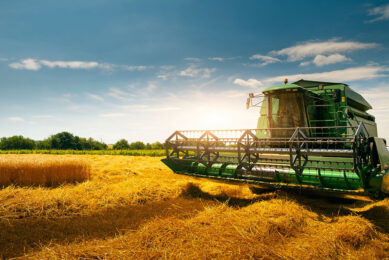
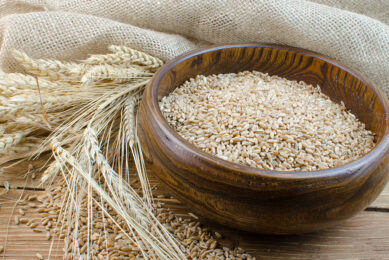
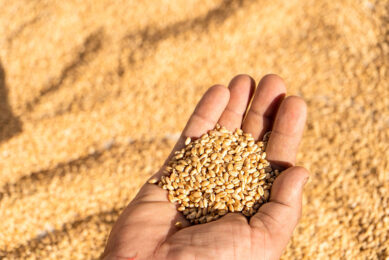
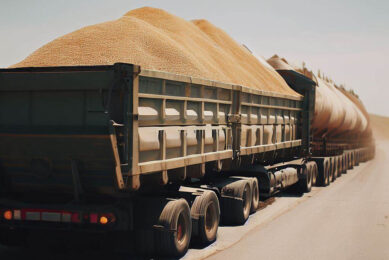




 WP Admin
WP Admin  Bewerk bericht
Bewerk bericht